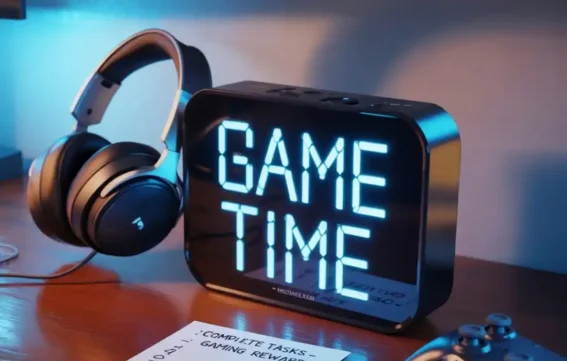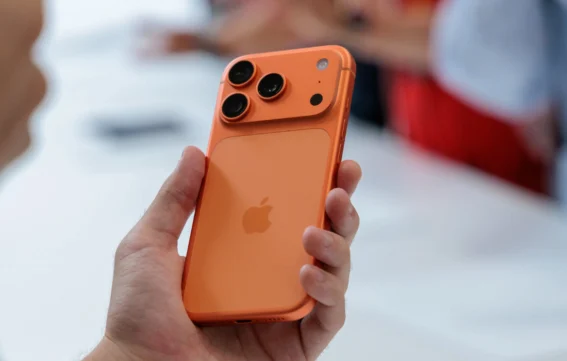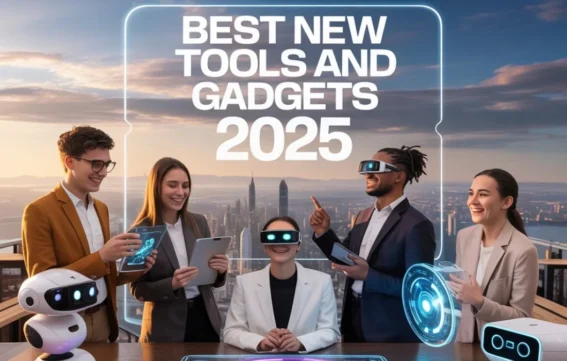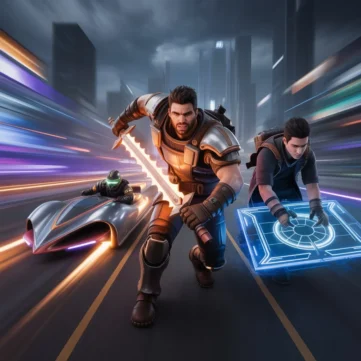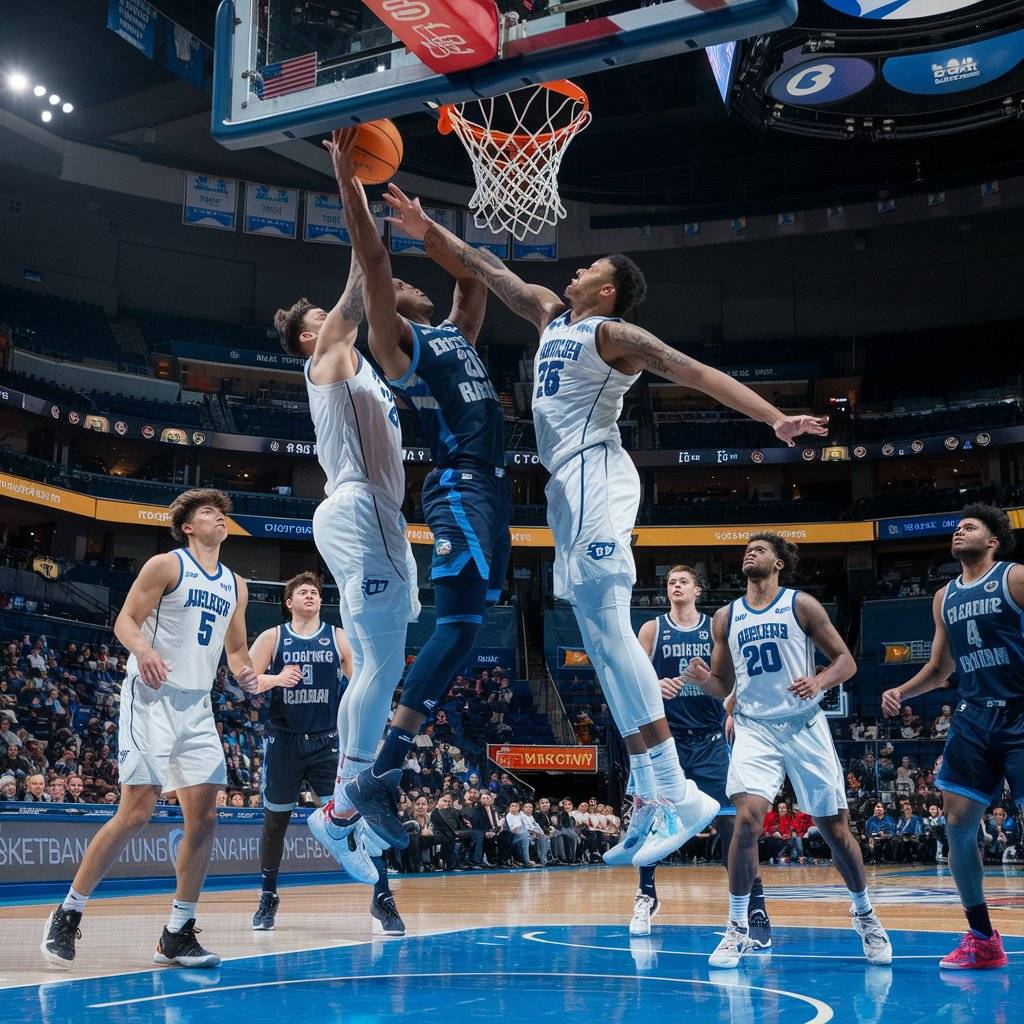How Video Games Are Made: From Code to Controller

Video games are magical. They take us to amazing worlds. But how are they made? It’s not just coding and art. It’s creativity, tech, and teamwork. Small indie games or big hits like Call of Duty all start as simple ideas. Then, they grow into something special.
Want to see how games are born? First comes the spark of an idea. Then comes hard work. Artists draw. Programmers code. Designers test. Together, they solve problems and create fun. The journey is full of surprises. Ready to explore? Let’s go behind the scenes!
Concept & Planning (The Big Idea Stage)
Every great game starts with a simple idea. First, developers brainstorm what kind of game to make. Will it be an action game? A puzzle game? A story adventure? Next, they think about who will play it – kids, hardcore gamers, or casual players. Finally, they decide what will make their game special and different from others.
1. The Game Idea: Where It All Begins
Imagine having a lightbulb moment – that’s how games start! First, the team picks a genre. Then, they consider their audience. Most importantly, they choose a unique hook – cool controls, an emotional story, or amazing art. This is where creativity shines brightest as ideas take shape.
2. The Game Design Document – The Blueprint
Now it’s time to write everything down. This document explains the story, characters, and game world. It describes how controls will work. It also decides the art style – colourful cartoons, realistic graphics, or retro pixels. Think of it like a recipe that keeps the whole team cooking the same dish.
3. Prototyping: Testing the Fun Factor
Before making the whole game, developers build a tiny demo. Why? To test if it’s actually fun! Players try it and give feedback. Is it too hard? Too easy? Are controls confusing? The team fixes problems now, saving time later. A good prototype proves the game’s potential.
Remember, great planning makes great games. This early work creates the foundation for everything that follows. It might not look exciting yet, but these first steps determine whether players will love the final product!

Production (Where the Magic Happens!)
Now comes the exciting part – where ideas become real! This is when artists, programmers, and sound designers work together to build the actual game. Imagine watching a movie set come to life but for video games!
1. Art & Animation: Bringing Worlds to Life
First, concept artists sketch early ideas – heroes, villains, and amazing worlds. These drawings then become 3D models, like digital sculptures. Next comes texturing – adding colours, scratches, and details to make objects look real (or stylish!). Finally, animators make characters move naturally, from walking to epic battle moves.
2. Programming: The Brains Behind the Game
Programmers use special tools called game engines (like Unity or Unreal) to make everything work. They create physics so objects fall and crash realistically. They program AI to make enemies smart (but not too smart!). They also build all the menus and buttons you’ll use to play.
3. Sound & Music: Setting the Mood
Sound designers record everything from sword clashes to footsteps. Voice actors bring characters to life with their performances. Composers create music that makes battles feel epic and quiet moments feel emotional. Together, they make the game world feel real!
This production phase is where all the pieces come together to create something truly magical. Every detail matters – how a character’s cape flows, how a door creaks open, or how satisfying a jump feels. It’s hard work, but the results are worth it when players finally get to experience the game!
Testing & Polishing (Fixing the Glitches!)
The game looks amazing, but is it ready? Not yet! This stage is all about perfecting the experience. Think of it like taste-testing a cake before serving it – we want to make sure it’s just right.
1. Quality Assurance (QA) The Bug Hunters
Meet the game’s detectives! QA testers play for hours, hunting for problems. They find crashes, weird glitches (like floating characters!), and spots that are too hard or too easy. Every issue gets reported so developers can fix it. Their job? Make sure nothing ruins your fun!
2. Final Tweaks Making It Perfect
Now comes the fine-tuning. Developers adjust the difficulty, so it’s challenging but fair. They optimize performance so the game runs smoothly on all devices. Even small things like menu loading times get perfected. This polish turns a good game into a great one!

Launch & Beyond (The Grand Finale!)
The big day is here! After all that work, the game is ready to meet its fans. But the journey isn’t over yet.
1. Marketing Hype Mode Activated!
Time to spread the word! Trailers drop on YouTube, social media buzzes with teasers, and influencers get early previews. Demos let players try before they buy. The goal? Get everyone as excited as the developers are!
2. Release Day The Big Moment
It’s showtime! The game hits digital stores like Steam and PlayStation. For console fans, shiny physical copies arrive in stores. After years of work, players finally get to experience the magic. Cue the happy tears from developers!
3. Updates & Expansions Keeping It Fresh
The work continues after launch. Bugs get fixed in patches. DLCs add new stories and characters. Developers listen to fan feedback – maybe adding requested features! Great games keep growing long after release.
Conclusion
Phew! Making a video game is a wild ride full of creativity, problem-solving, and teamwork. From that first doodle to the final update, hundreds of people pour their passion into every detail.
Next time you play, take a moment to appreciate all the love in that game – every pixel placed, every sound effect tuned, every line of code crafted just for your enjoyment.


